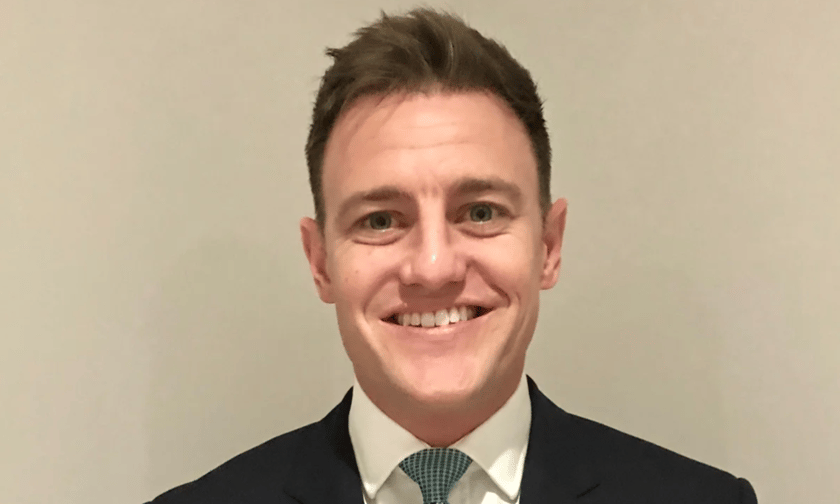

When Chris Haggart (pictured) was tapped to lead Global Risk Partners (GRP)-owned Hedron Network in December 2022, he affirmed his belief in the power of networks and outlined his “ambitious plans for growth”. A year and a half into his tenure as CEO, Haggart spoke with Insurance Business about the group’s journey to date and the evolution of its proposition.
“Where we play our best game is in providing a truly integrated proposition,” he said. “That’s brokers who are looking for a partner that is able to support them really effectively and ‘take the grit out of the machine’. Between support around services, capability, regulatory matters, client money, systems and technology, markets and placement, there are lots of different facets to our proposition that we can deploy to support our partner brokers. Ultimately, our ambition is to ensure we do that in the right combination and order to facilitate their growth as a business.”
Supporting a broad range of brokers of every shape, size and scale offers Hedron’s team a unique perspective on where brokers need the most support in today’s operating environment. And while every business is different, he said, some shared themes are emerging – particularly around technological advancement, concerns about insurer service levels, and risk and compliance.
Haggart underscored how the heightened and accelerated pace of change in technology is creating a lot of opportunities in the marketplace for broking businesses to deploy technology differently. Hedron has always backed Acturis and the capability it provides, he said, and the network is seeing and supporting more brokers in onboarding on to the platform in recognition of its capability.
“Just generally speaking, we’ve seen that navigating the market has been challenging for brokers, I’d argue for the last three years,” he said. “I think we’ve yet to see a return to pre-COVID service standards and there’s still a huge demand from our partner brokers to see us influence the service propositions of our insurer partners to make sure that the community can trade really effectively.”
Comparing pre and post-COVID service levels, Haggart noted that, in general, standards have slipped whether that’s around the time spent waiting for underwriting fees or claims queries to be resolved, or longer response times, to even simple referrals, let alone more complex matters.
The challenge for brokers is that they are the ones sitting in front of clients who have to explain these delays. Meanwhile, he said, the challenge for insurers is trying to balance servicing a large and very diverse market with the service demands of brokers’ customers.
What’s particularly important to highlight, he said, is how developments in the regulatory landscape are disproportionately impacting small-to-medium-sized firms.
“Everyone would stand behind the value of those regulatory changes and how they look to make sure consumer outcomes are placed at the centre of the thought process of the business, and woven into its culture and practice,” he said. “But the readiness of smaller firms to apply that and the amount of resource [in order to] comply with regulatory standards is disproportionate to the size of those firms.”
Haggart pointed to a study commissioned by BIBA which looked at the impact of regulatory standards and found that, proportionally, smaller firms have to effectively employ one in four of their people to cope with the demand of the regulatory change. This decreases to 10% for medium-sized firms and 1% for large firms. Given the profile of Hedron’s typical partner brokers, he said, it’s no surprise they’re looking for more support, not just to satisfy these requirements but also to ensure they’re creating the best customer outcomes.
Hedron’s partnership with Broker Insights has been key to the network’s ability to support brokers in navigating these market conditions, he said, particularly in the context of the significant annual requirement for brokers to undertake an assessment of the suitability of their products.
“Typically, brokers have access to a lot of different markets,” he said, “and so one of the things we’re hoping to achieve through the adoption of our Broker Insights platform is a strategic lens placed over placement opportunities that provides brokers with an opportunity to facilitate placement strategies much more effectively.
“This can help to lessen the burden from a product governance perspective that’s expected on all firms. So one example would be the fact that data and technology can support a more strategic overview of the businesses of our partner brokers and help them to navigate the landscape much more effectively.”
